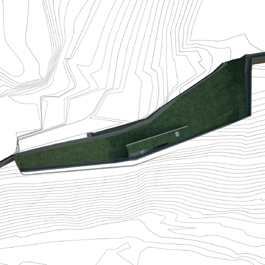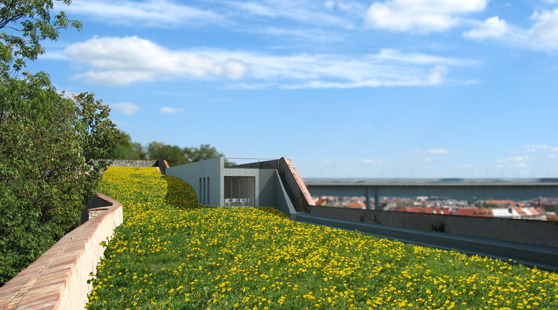Archiweb brings the first part of a free, irregular series dedicated to debutants on the Czech architectural scene. Against the backdrop of the renovation of a basement apartment, it introduces to the professional public Ondřej Hilský, a descendant of a prominent representative of the pre-war avant-garde, recent graduate Jan Bočan, and a sensitive observer of the conditions that directly influence architectural creation.



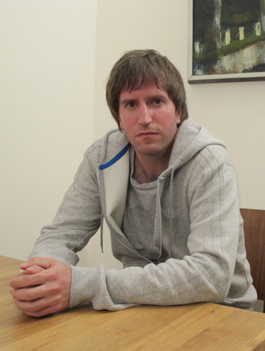 Where and when did the idea of
Where and when did the idea of 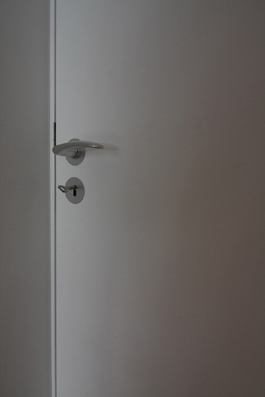
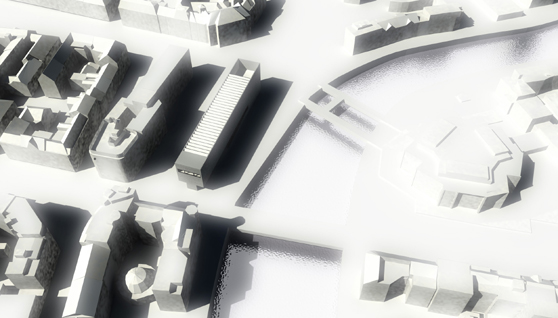
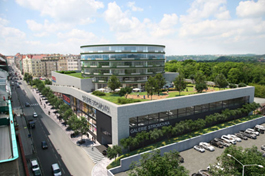
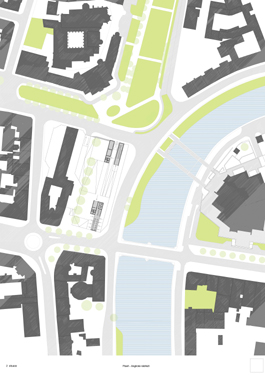
.jpg)
